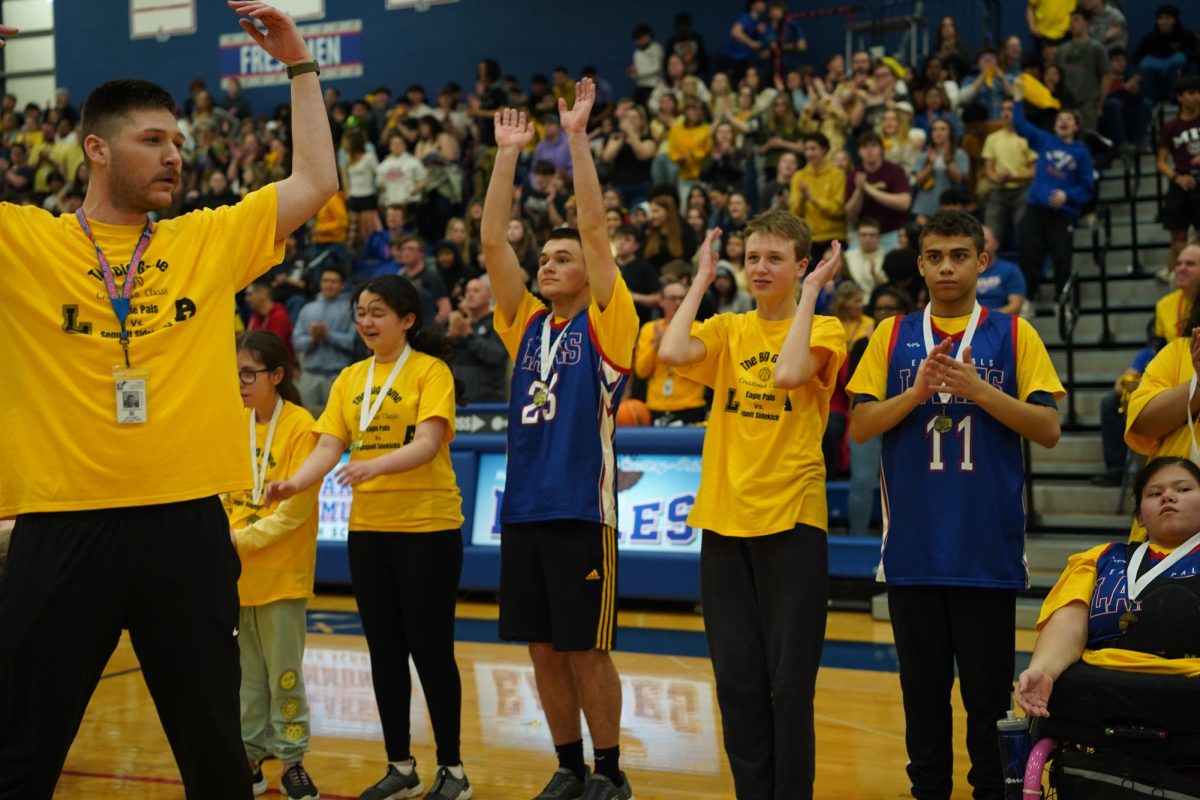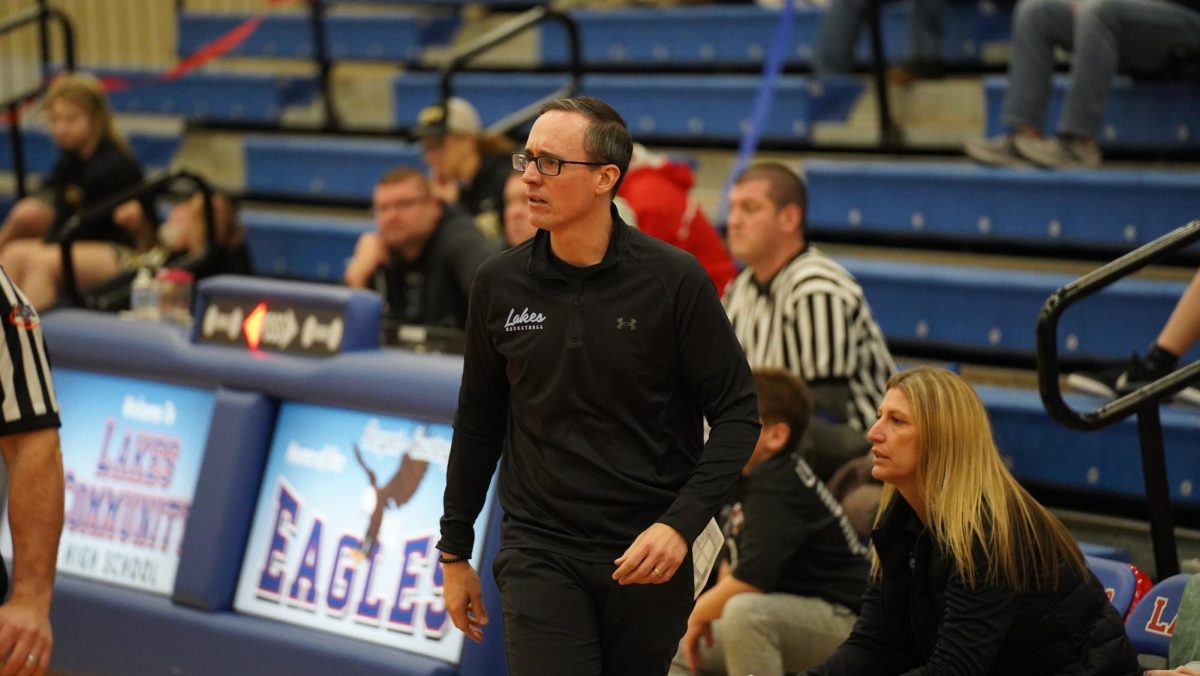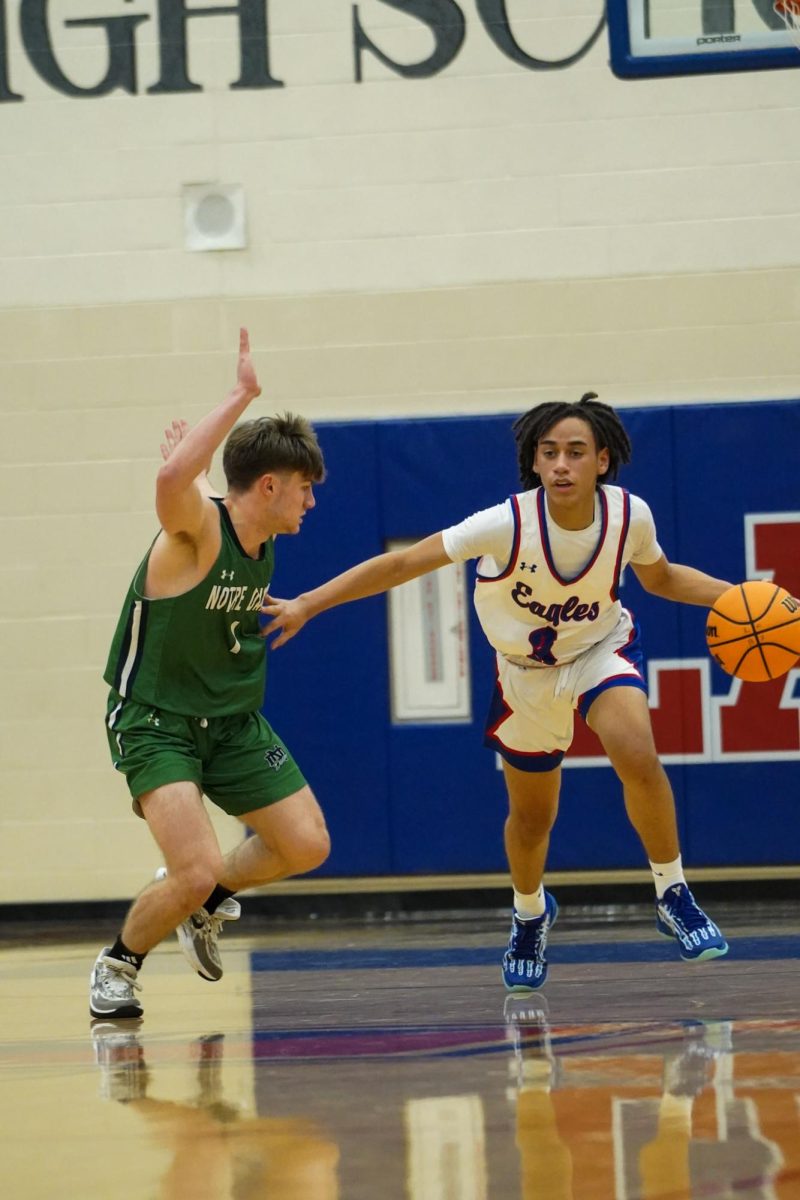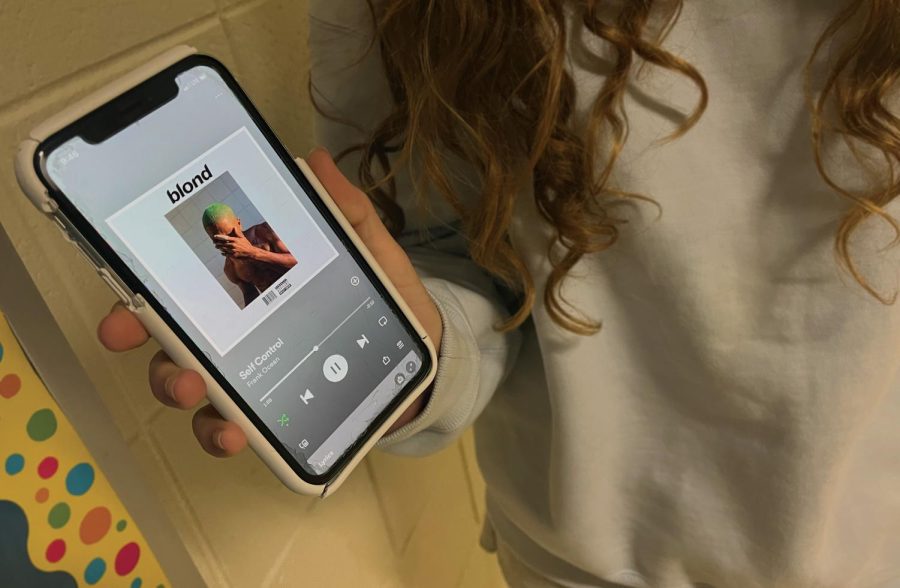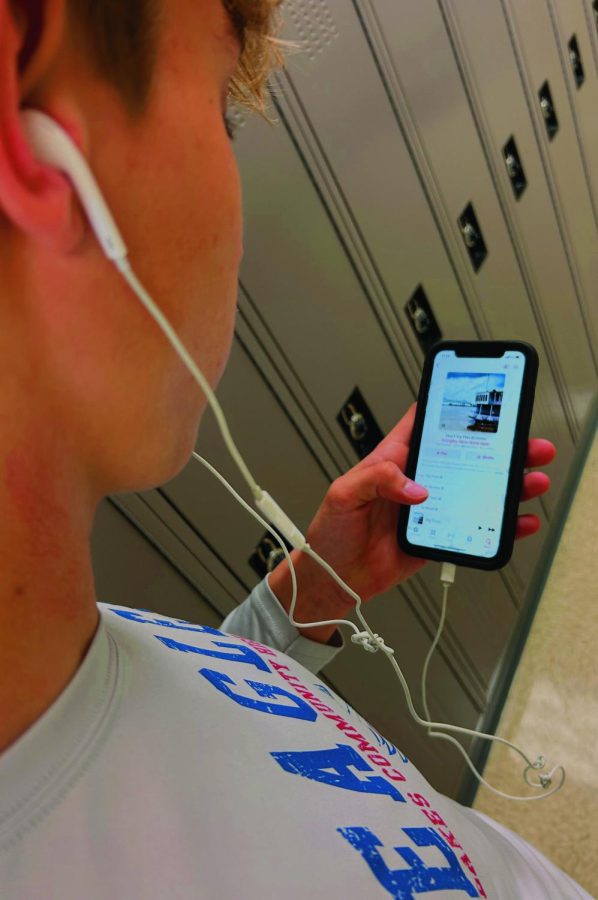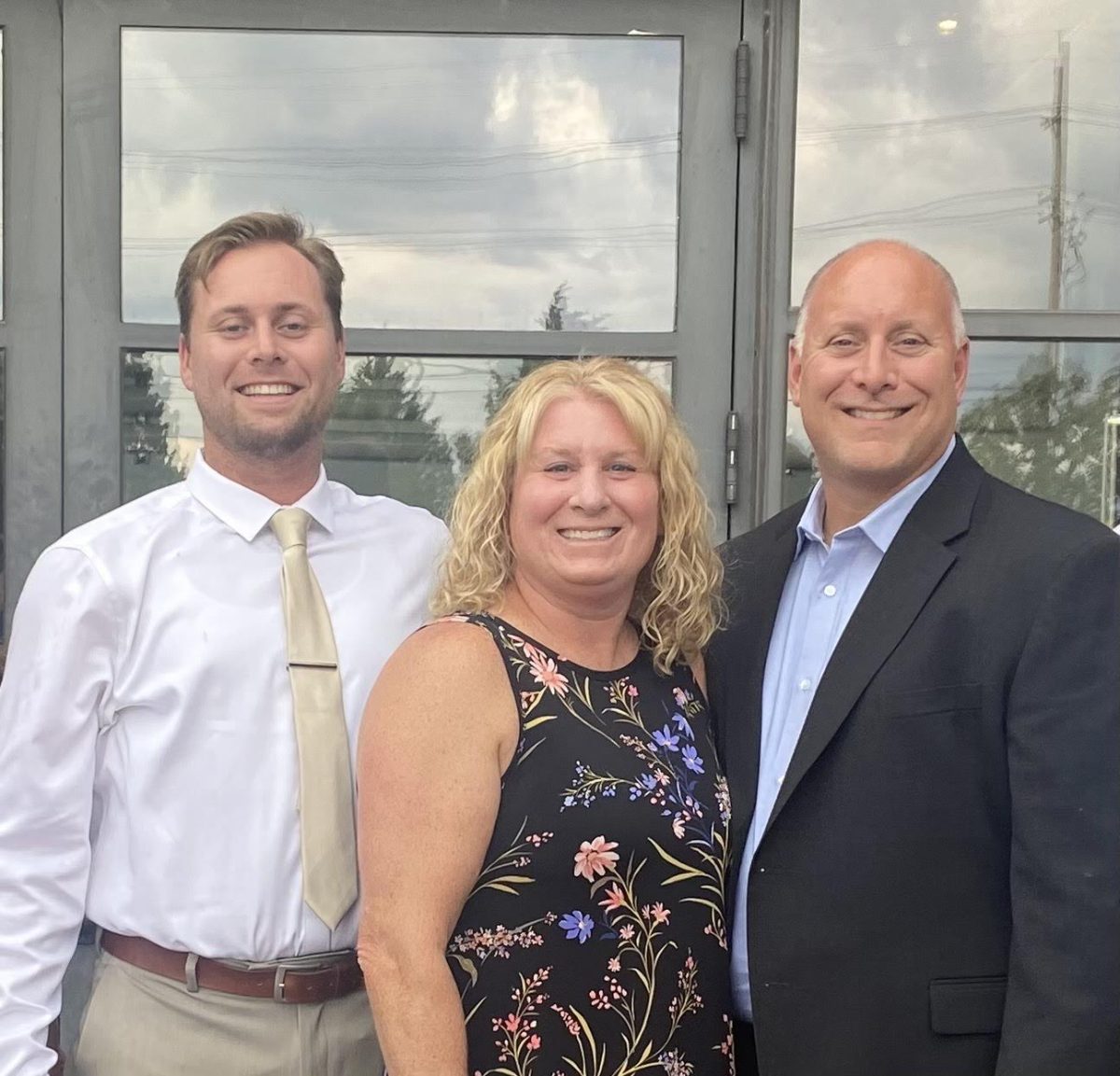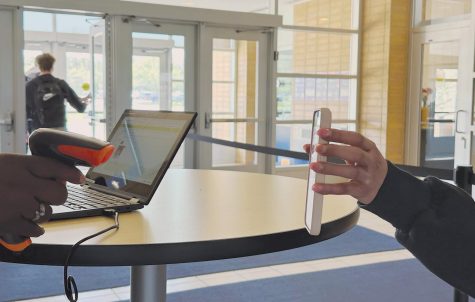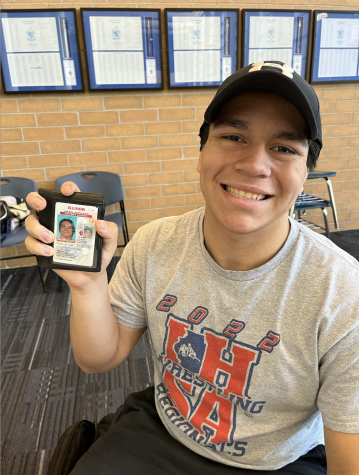The Lost Art of The Snow Day
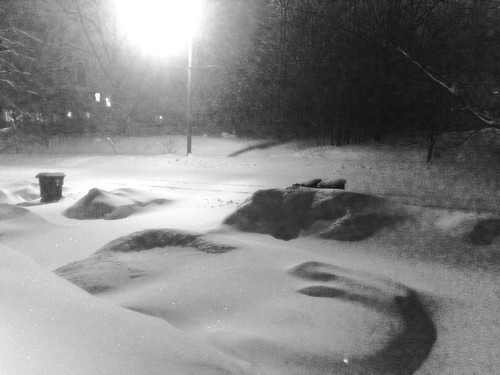
Preface: This is inspired by “Op-Eds from The Future”, a New York Times series of editorials from a hypothetical future (an example can be found here). This one is based on a future without snow days due to the accessibility of e-learning.
Oh, what a cursed year that was. The societal implications it caused for decades to come are evident in our society of the 2070s. Of course, the COVID-19 pandemic impacted life in drastic ways. The current generation of students know it as the topic of “back in my day” stories told by everyone – from teachers to parents to grandparents. It is relegated to a footnote in history class’s textbooks, only discovered deep into the doldrums of March and April, towards the end of the year and right before the review starts for the AP Exams in May.
Distanced gatherings, if any were held. The complete lockdown of non-essential functions of society. The deaths of far too many people caused by irresponsibility, ignorance, and unfiltered defiance. And, something high schoolers today know all too well, the virtual school day.
Of course, this is because in northern regions of the country, a certain white, powdery material falls in substantial amounts during the winter season, to the point where meteorologists are hated if they dare to even mention the ‘expletive’ on television. The dreaded flakes blanket the ground in a heavy coat far too often. This phenomenon necessitates a plan for schools in these tundra-esque territories: e-learning days.
What was once called a snow day is now an “e-learning day”, where students must conduct operations in their own homes on computers. They must go through the same regimen as a typical school day, but without the extra incentives, such as easy access, to help and opportunities to socialize with peers.
Snow days used to be a time of happiness; a temporary reprieve from the school year, especially one so unexpected at that. It was never frowned upon by this nation’s youth. Unfortunately for everyone involved, the powers-that-be have made a seemingly cold move (no pun intended) that has disposed of a spontaneous moment of joy. Rather, the march of the imposing calendar is inevitable, even with severe weather in play.
Looking back at articles such as the New York Times’ “Sorry, Kids. Snow Days Are Probably Over,” fills nostalgic parents with empathy for their children who must log onto a remote meeting with their class, as the aforementioned pandemic was the bringer of the death of snow days. Remote learning was then becoming necessary, which meant that everyone involved in schooling and learning got used to it. This meant that snow days were no longer necessary from the school’s perspective. However, from the perspective of students, the joy was taken out of the sight of the white stuff falling from the heavens. It was quickly replaced by the indifference so apparent throughout much of the winter season.
Looking back, the lost art of the snow day was once majestic. Now, it is just yet another school day for the youth of this nation. The cheeriness is gone, washed away like melted snow. The battle for snow days was once pondered, pros and cons weighed so considerably. But now, the choice has been made, and society must accept that such a key facet of Midwestern childhood is to never be seen again.
